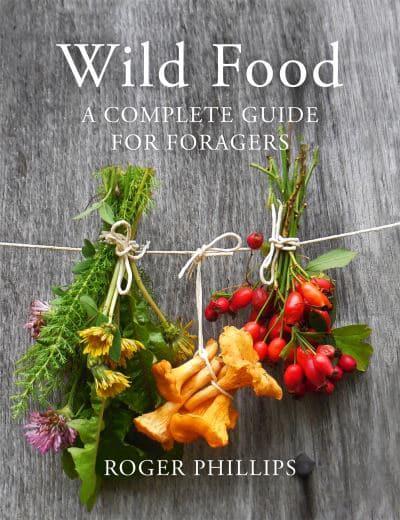
Everyone on the farm and gardens continued to sow and plant for the past three months during the Covid-19 pandemic. They too are heroes providing nourishing nutrient dense super delicious vegetables and fruit to boost our immune system and keep us healthy.
Now we are reaping the dedicated rewards of their hard work. Baskets of fresh peas, cucumbers, onions, broad beans, beets...the tomatoes have been ripening slowly for the past few weeks but now we have lots for the kitchens, Farm Shop, Farmers Markets and online NeighbourFood Markets.
The field crop of flowery potatoes, a blight resistant variety called Orla, is ready. If you haven’t ever dug potatoes out of the ground, you haven’t lived! It’s a special ‘Woops in the tummy’ moment when you uncover those jewels under the stalk. Will it be one or two or maybe five or six….?


Everyday we have big platters and bowls of salads oozing with fresh flavours and vitamins and minerals, no need for supplements - this is the real thing.
I want to share with you a range of beautiful chunky salads that can be easily put together with the gorgeous summer produce that is coming in from the garden and greenhouse everyday. So what's the secret of making a memorable salad, apart from beautiful fresh produce of course, here are a few tips...
1. Think about a contrast of colour, texture and flavour - counterbalance of sweet, salty and sharp and sour.
2. Vary the greens from crunchy little gem, bitter and beautiful Castlefranco, radicchio, mustard greens, mizuna, tender butterhead, watercress, pea tendrils, peppery rocket and edible flowers.
3. Add lots of fresh herbs, mint leaves, little sprigs of tarragon, coriander leaves, dill and a variety of basil leaves, purple Opal, Lemon, Vietnamese, Thai, Genovese basil all produce a different burst of flavour. Even flat parsley and of course chervil.
4. Keep it chunky, a base of potatoes cooked in well salted water and tossed while still warm in perky dressing can have a myriad of other ingredients added. Substitute potatoes with chunky roast beetroot, sweet potatoes, white turnips...Pasta, egg noodles, rice or buckwheat noodles are also great.
5. Don't forget the pulses, chickpeas, cannellini beans, lentils, dress with a perky dressing - a great foundation to embellish with summer vegetables, herbs and spices.
6. Grains and pearl barley must be soaked overnight to make them digestible.
7. Freshly roasted and ground spices also add magic to your salads and dressings adding the flavour of the East and Far East, India, Morocco, Mexico depending on the combination you choose.
8. Vary the dressings too, a basic French dressing of 3 parts cold pressed extra virgin olive oil and 1 part aged vinegar seasoned with flaky sea salt and freshly ground black pepper can be superb, depending on the quality of its oils and vinegars and then there's flavoured oils – hazelnut, walnut, avocado….
Add a little honey, some excellent mustard, maybe some finely chopped shallot, crushed garlic and lots of fresh herbs - sublime to dress leaves or even a potato salad. The proportions could be 2-1 instead of 3-1 if you want a perkier flavour. But there's so much more, don't forget tahini, miso, pomegranate molasses, date syrup...Look out for Katie Sanderson's White Rayu Mausu. There are so many addictive hot sauces to experiment with now.
9. Sprinkle roasted, salted and toasted nuts and seeds over your salads - hazelnuts, walnuts, pecans, pistachios, sesame seeds, sunflower, pumpkin...
10. Dried fruits also add a burst of sweetness, extra nutrients and deliciousness. Apricots, dates, dried cherries or cranberries, raisins, sultanas, currants, goji berries….
11. Crunchy croutons, seedy brittle or crispy chicken skin add magic too.
12. Experiment with dressings, maybe natural yoghurt, lime and harissa, mayo, rice vinegar, grated new seasons garlic…. Combine grape seed oil, rice vinegar, miso and grated ginger. Experiment with different vinegars - white balsamic, apple cider vinegar, Moscatel vinegar. Don't forget a generous squeeze of lemon juice to cut the richness in a mayo dressed salad.
The world’s your oyster as salads are concerned – start with beautiful ingredients, be creative and adventurous…experiment and taste, taste, taste…


















